Have you ever looked at the bathroom floor after brushing your hair or the shower drain after wash drain and thought…that’s not normal…
If so, you’re not alone. Hair shedding is natural, but at what point does hair shedding turn to hair loss? Are you balding? Thinking you may be losing your hair is a scary experience, but chances are, your hair is going through its normal cycle. If anything, you should be focused on preventing breakage and strengthening your hair.

Here’s how you should approach hair shedding as a natural hair girl.
Hair Shedding 101
Hair shedding is when some hairs fall out while others grow in. It’s part of the natural balance of the body. Some conditions and stressors can make hair shedding common. Here’s a quick list of why you may be shedding more hair than usual.
- You’ve recently given birth
- You’ve lost a lot of weight (20 or more pounds)
- You’ve experienced a highly stressful event
- You’ve had a high fever
- You’ve undergone an operation
- You’ve recovered from an illness
- You’ve stopped taking hormonal birth control (like the pill)
For more information on hair shedding, read Hair Loss vs. Hair Shedding for Natural Hair.
Understand What’s Normal
Know that everyone sheds hair. On average, people shed around 50 to 100 hairs per day. However, when you have thick hair, that number can double (or even quadruple) up to 200 hairs. If you’re getting a bit shell-shocked when you look at the floor after styling, don’t fret. Hair shed is not only natural — it’s also normal.
Hair shedding is part of the body’s natural renewal cycle. If we didn’t shed hair, then it would be difficult to care for, and we’d spend excessive amounts of time detangling it daily.
However, curly girls can have even more hair shed because of the protective styles they wear their hair in. You keep your hair protected and stretched in hairstyles like twists, Bantu knots, braids, etc. You leave that style in for weeks. During that time, your hair doesn’t have the opportunity to shed at all. It stays in the braids or knots, and you don’t brush it. When you finally bust out your Denman brush, your hair has weeks’ worth of built-up hair shed. It may look like you’re losing half your head of hair.
In reality, this is just normal shedding finally being released from the protective hairstyle.
Is It Shedding, Breakage, or Hair Loss?
This question plagues women with thick, curly hair. As noted above, those with thick hair are likely to have more hair shed. However, how do you know it isn’t more?
There’s one clear way to tell whether it’s natural shedding or breakage. Each individual hair strand and its roots have tiny balls called bulbs. This is where the dead cells make up our hair shaft.
If your hair sheds, you should be able to see this bulb on your strand. If your hair breaks, then the bulb won’t be there. If you’re seeing a lot of hair on the floor after styling but no bulbs, that’s your sign to start doing more to prevent breakage.
When it comes to hair shedding and hair loss, try this quick test. First, detangle your hair to make sure it’s smooth. Next, run your fingers through your hair. It’s normal to see maybe one to two strands, but if you’re seeing more than that, then something could be amiss.
You should consider the steps you need to take to remedy hair loss, and if those don’t resolve, then you should make an appointment to see a dermatologist. They can examine your scalp and help you evaluate the next best steps.
How to Stop Hair Loss
Hair loss results when your hair stops growing. Hair shed is simply how your body cycles through the hair on your head. Hair loss can result from the following…
- Genetics
- An overactive immune system
- Certain drugs and treatments
- Hairstyles that pull on the hair
- Harsh hair care products
- The compulsion to pull out one’s hair
If you're struggling with hair loss, the first thing you should do is diagnose the root cause of the issue. Understanding why you’re losing hair is essential to understanding how you can prevent it.
For example, if you’re losing hair because it’s a hereditary issue in your family, then there may not be much you’re doing wrong. It may not have anything to do with a product or style.
Likewise, if you’re losing hair because of an unknown medical condition, you may not be able to resolve the hair loss until you’ve treated the illness. If you’re taking a medication to treat an illness that prompted hair loss, you can speak to your doctor about switching to a medication with different or fewer side effects.
How to Prevent Breakage
If you’re not seeing any bulbs on your hair strands, you may need a cheat sheet to prevent breakage. Here’s what you need to know about preventing natural hair breakage. It can help a lot when it comes to prevent unnecessary hair shedding!
1. Be gentle
The less you manipulate your hair the better. You shouldn’t pull, tug, touch, or comb it unnecessarily as this can cause breakage. In fact, even weather (rain, wind, sun, etc.) can cause breakage. We recommend protective styles to shield your hair from these environments.
2. Never towel dry
Do you flip your head over and towel dry your hair? Most people do, and this causes more breakage than you know. Terry cloth (what towels are made from) snags and pulls on hair. It’s especially harmful to curly hair, and you’ll see your breakage decline significantly if you stop doing this.
3. Always detangle
While pulling, tugging, and combing your hair can cause breakage, it doesn’t mean you shouldn’t detangle it. When you don’t detangle often enough, then your tangles will get worse and cause more breakage when you finally do it. Detangle on damp hair and be slow and patient.
4. Reduce heat
Any heat you use on your hair will suck out the moisture. This makes it more susceptible to breakage. Try to avoid using blow dryers, flat irons, curling irons, or any other heat treatments unless strictly necessary.
5. Moisturize, moisturize, moisturize
Speaking of moisture, always add moisture to your hair at every opportunity. Dry hair is less elastic, more brittle, and more likely to break. We recommend sealing your hair with an oil to retain moisture throughout the day.
6. Nourish your hair
When your hair is undernourished, it breaks more easily. You can improve your diet to ensure the hair gets the protein and nutrients it needs to stay strong. Some great foods for healthy hair include:
- Salmon, tuna, flaxseeds, canola oil, walnuts, soybeans, tofu, broccoli, Brussel sprouts, eggs, berries, spinach, avocados, sweet potatoes
Read the label of your hair products! Too many contain damaging ingredients that dry out your hair and make it less elastic. Here’s a list of ingredients you should avoid:
- Benzene, Diethanolamine (DEA) Triethanolamine (TEA), Formaldehyde, Fragrance, Isopropyl Alcohol, Methylisothiazolinone, Mineral Oil, Petroleum, Parabens, Phthalates, Retinol, Retinyl Palmitate, Sulfates, Synthetic colors, Toluene, and Triclosan
Your ends are the oldest and most vulnerable part of your hair, which means they deserve extra attention. Use oil to seal your ends whenever you twist or curl your hair. This can prevent them from breaking, splitting, and affecting the rest of the hair shaft.
3. Deep conditionTreat your hair with a deep condition once or twice a month to improve the strength and elasticity of your hair. This is an ideal way to prevent and reduce breakage.
4. Don’t detangle hair when super wet or dryHair can be a bit finicky. When it’s super dry, it’s the least elastic. When it’s sopping wet, it’s most fragile. To avoid breakage, you shouldn’t comb or detangle your hair when it’s in either stage. This can put unnecessary tension on your hair and make it vulnerable to breakage. For best results, work with your hair when it’s damp.
Supporting Healthy Hair Growth
Hair shed isn’t a bad thing, but if you feel like you’re seeing too much, consider revamping your hair care regime. It’s possible that you’re using the wrong products or not focusing enough on scalp care.
This can be frustrating for many people because they put a lot of time into their hair and simply using the wrong product messes everything up. As noted above, a long list of ingredients that aren’t good for your hair commonly makes their way into your hair products.
Taliah Waajid’s Scalp Care Follicle Therapy Treatment line works to maintain a healthy scalp and encourages stronger hair. This helps to prevent both damage and breakage. The line doesn’t include any gross ingredients. Instead, it’s made with Wild Sea Moss, Rosemary, Aloe, essential oils, concentrated moisturizing conditioners, and vitamins that are rich in nutrients.
Come pick out your new shampoo, condition, deep conditioning treatment, and hair oil! Luxurious hair is waiting for you.
WRITE FOR US
Think you've got a fresh perspective that will challenge our readers to engage and educate themselves on how to attain a healthier self, hair and skin included? We're always looking for authors who can deliver quality articles and blog posts. Thousands of men and women will read your work, and you will level up in the process.
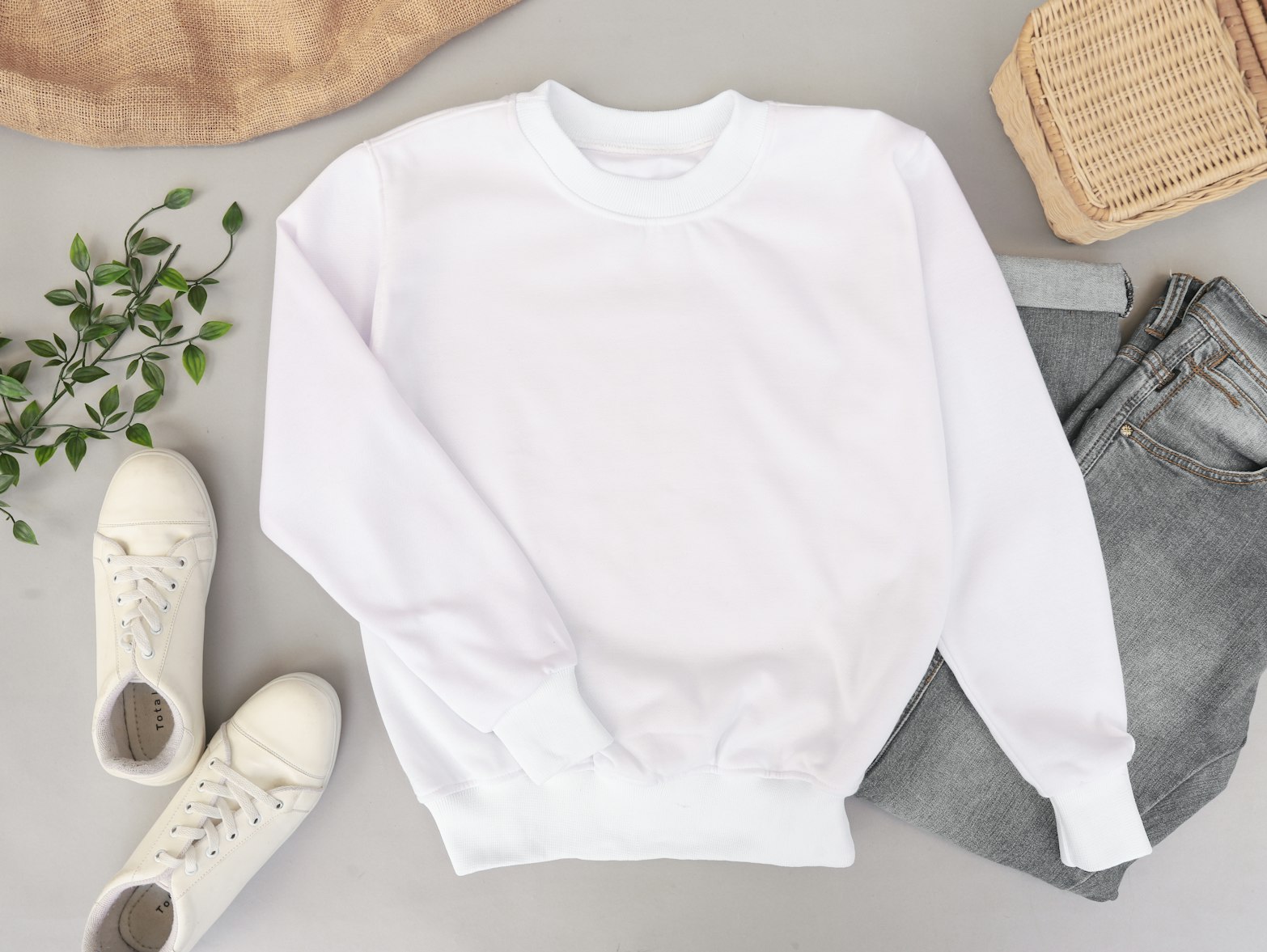
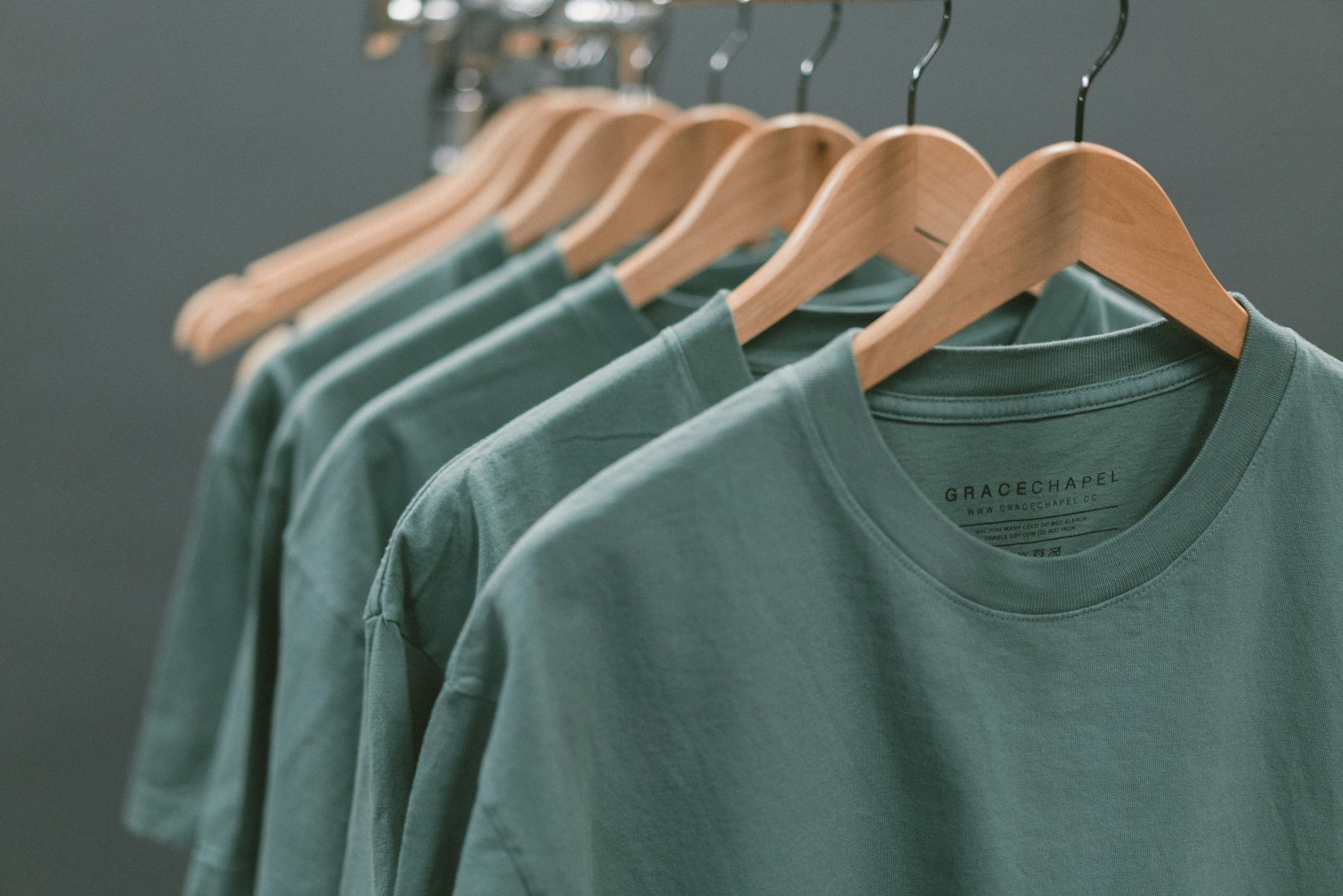
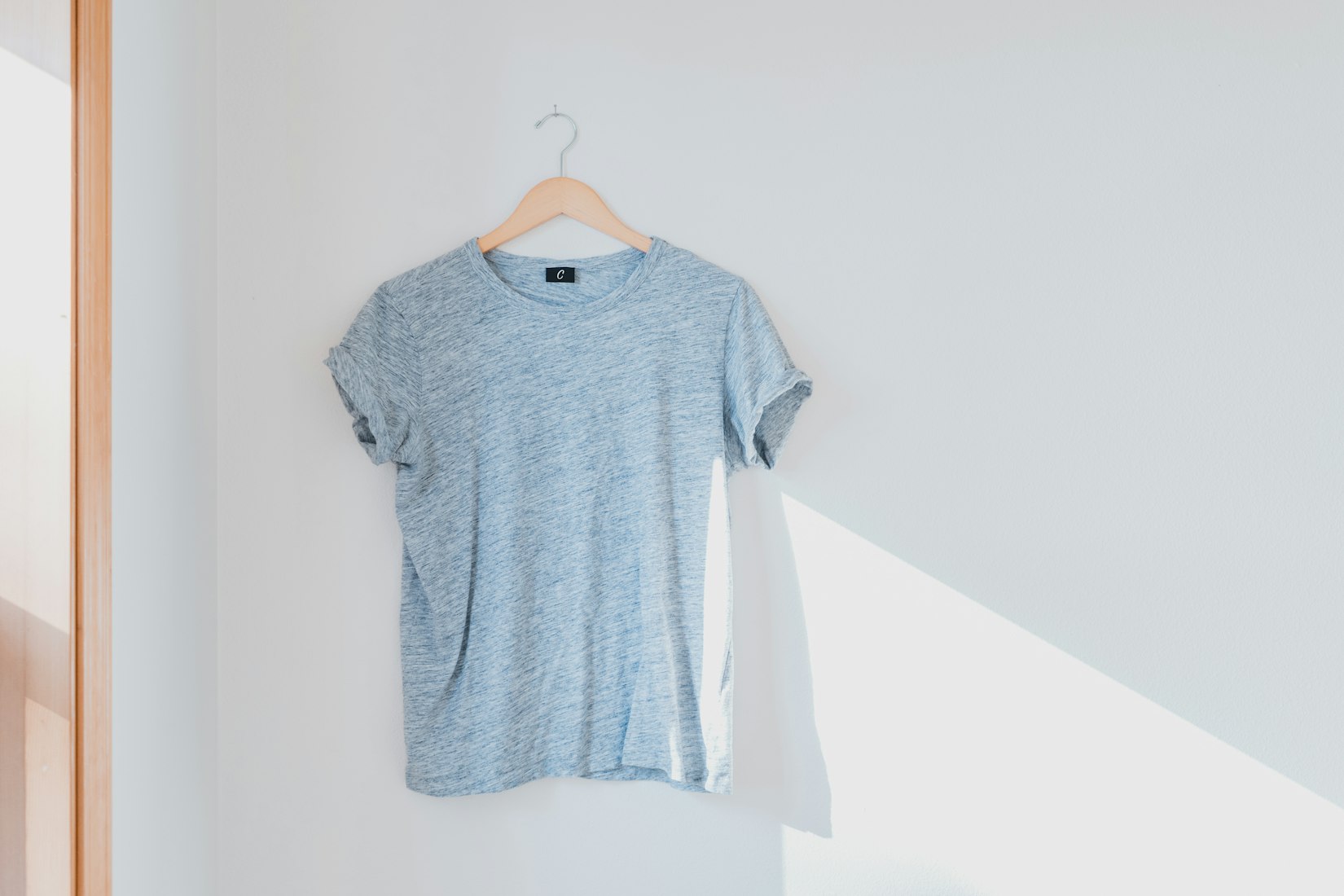
 English
English Arab
Arab
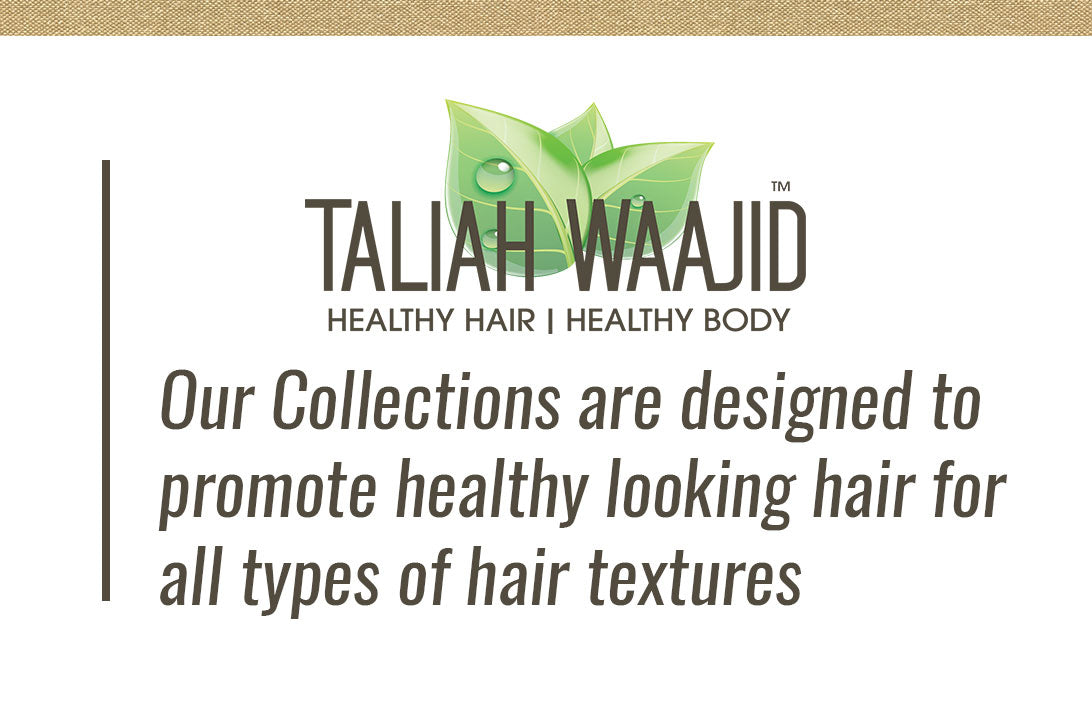
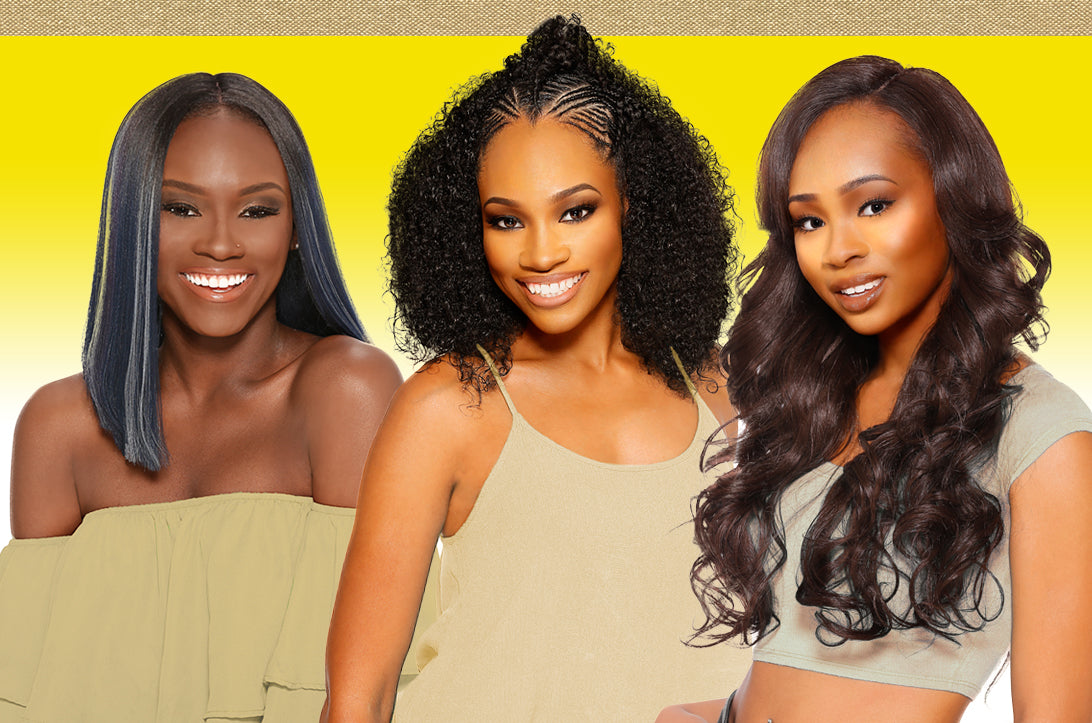




Thank you for this information.
I just did a big chop(cut it all off)because braids had thinned my hair out. I usually will remove them after about 5/6 weeks but I went a little longer this time. Yes I used a leave-in conditioner and an oil for moisture like every other day. But I didn’t allow my hair to rest before I braided again. I think that’s where I went wrong. I’m also graying and that to me is a diff type of hair.
Not really sure about my hair growth journey as of yet. I’m giving myself until the year’s end to decide. Wish me luck! Y’all take care and much love. Peace ✌🏿.
Thank you for this great information. I will be sure to check out your follicle therapy treatment.